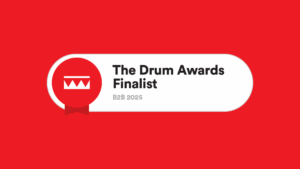
The Future is Flexible: Rethink Your Media Strategy for 2026 and Beyond
Fresh off Ad Age’s 2025 Media Buying Power List, EVP of Global Media Alison Watson shares what’s next for B2B marketers. From AI’s accelerating role to the urgent need for journey-aware planning, she makes the case for media strategies built to flex — with buyers, signals, and change itself.



